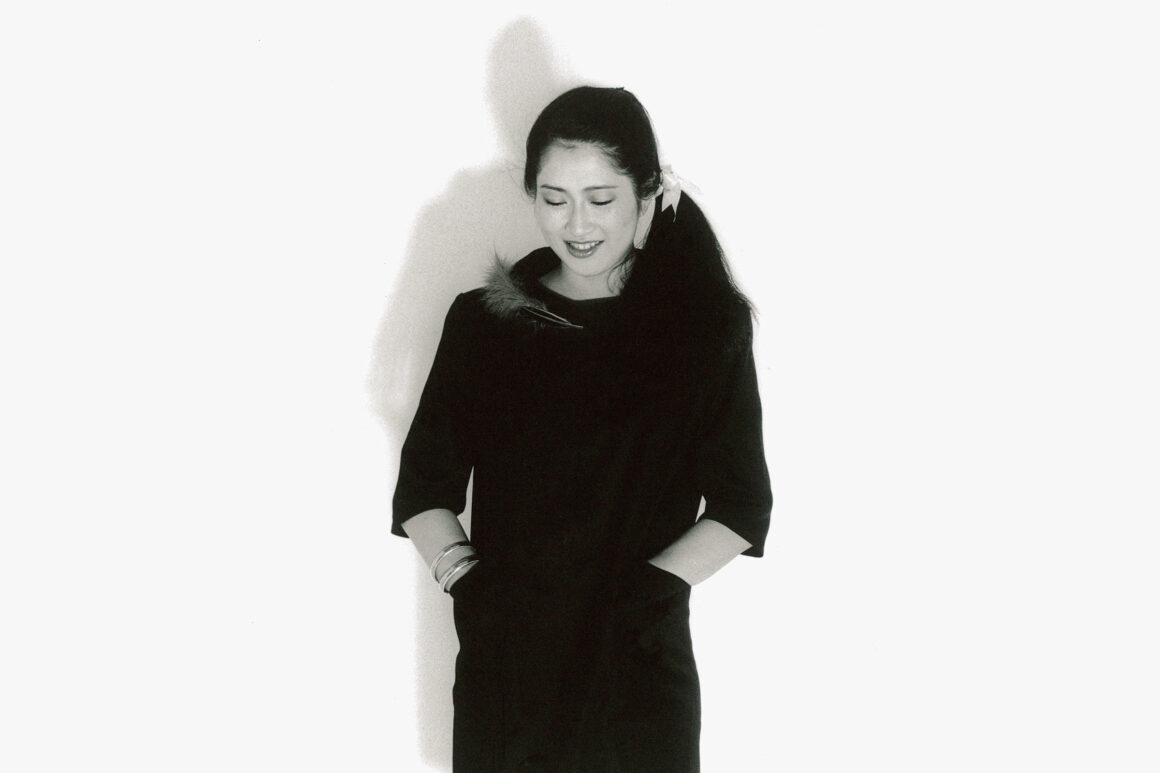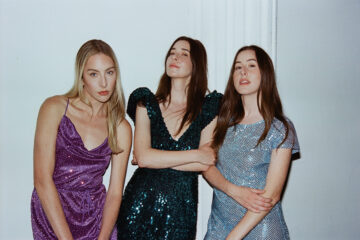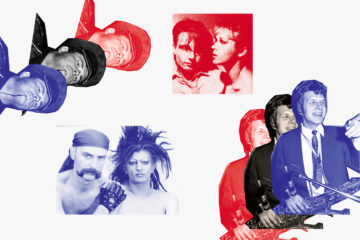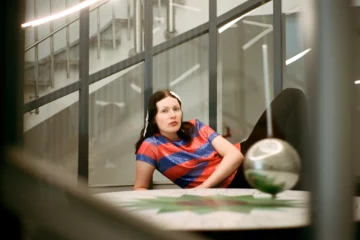In Japan, the 1980s started a little earlier than elsewhere: Already in April 1979, Prime Minister Masayoshi Ōhira announced a »new age of culture.« The country set out to become a world power in terms of technology and culture. It was to establish itself as a so-called soft power through massive marketing efforts. Not only synthesisers and Walkmans, but also the music made with and played through them was to be exported to the rest of the world. Slick city pop was to serve as a soundtrack for long car journeys in Mitsubishis or Subarus throughout the USA and elsewhere.

Tadaima

To Ki Me Ki
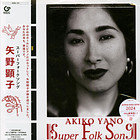
Super Folk Song
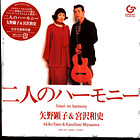
Futari No Harmony
Akiko Yano had already recorded the appropriate soundtrack for Japan’s new-found confidence with members of the rock band Little Feat in 1976. »Japanese Girl« was partly recorded in Los Angeles and combined US jazz with min’yō elements from Japan. It was the nucleus of the sound of »kūru Japan,« cool Japan, which drew freely on Western influences and yet remained decidedly Japanese. This made Yano an accidental visionary of city pop, which musically reflected a time of immeasurable wealth among the Japanese population with the emergence of the so-called bubble culture in 1985—up until that bubble burst with a loud bang in 1990.
A Japanese Girl
The songwriter, singer and multi-instrumentalist was born Akiko Suzuki in Aomori in the Tōhoku region of north-east Japan in 1955. She began playing the piano at the age of three and moved to Tōkyō when she was just 15. After making a name for herself with performances in jazz clubs and working as a session musician, she gained her first band experience with the short-lived group Zariba and released her first single with them in 1973. At the age of 19, she married the musician Makoto Yano and for a while focused on raising their son Fuuta, born in 1975, but already in the spring of 1976 recorded the majority of the songs on her debut »Japanese Girl« in Los Angeles and Tōkyō.
With »Oinaru Shiino-ki« on its »Japanese side,« the album also includes a track recorded with members of the groups Caramel Mama and Tin Pan Alley back in 1973. On the bass was a certain Haruomi Hosono, back then a member of the folk-rock band Happy End, a sought-after producer and burgeoning solo artist. He also featured on Yano’s second album, »Iroha Ni Konpeitō« from 1977, while his new band project was forming in the background: Yellow Magic Orchestra. Another of its members, Ryūichi Sakamoto, married Yano after her divorce from Makoto Yano in 1979.
When compared to Kate Bush, it is often overlooked that Akiko Yano made her debut years before the British singer.
To this day, Akiko Yano’s early work remains overshadowed by that of others—the German Wikipedia article about her former husband and collaborator Sakamoto does not even mention her. On the one hand, she is often compared to Kate Bush. Although there are certain parallels in their respective vocal registers and performances as well as similarities in their respective styles, which combined contemporary pop forms with folkloristic motifs, the analogy overlooks the fact that Yano made her debut years before the British singer. She was also more than just an occasional collaborator in YMO’s circle—Yano wrote her own songs, played numerous instruments on her albums and toured extensively with pre-fame YMO, including as a member of its live formation.
A City Pop and Techno Pop Pioneer
Last but not least, Yano played a leading role in establishing the techno-pop sound, the invention of which is generally attributed solely to the Yellow Magic Orchestra. With her album »Tadaima« in 1981 at the latest, she put the electronic elements that had been prominent in her work since »Iroha Ni Konpeitō« in the forefront. However, the wonderfully weird techno-pop masterpiece must also be placed in the even broader context of Yano’s early work, which also includes a cover album with songs by British prog-pop rockers Queen as well as Beethoven references on the self-produced »To Ki Me Ki« album. From a musical point of view, the city pop trailblazer was perhaps too versatile to be remembered by international audiences for just one particular sound.
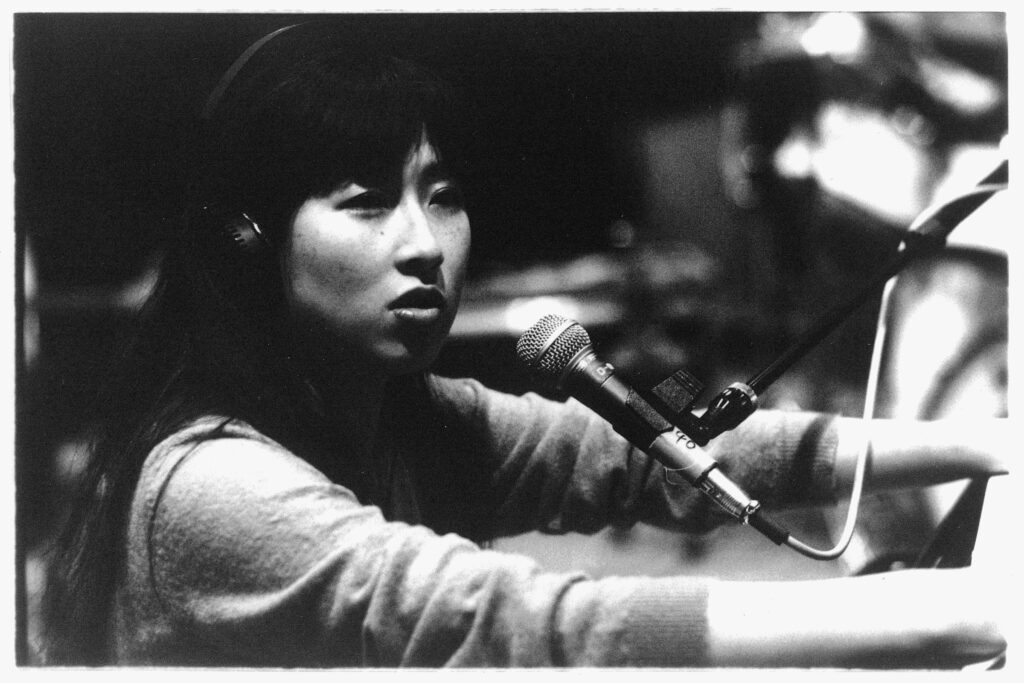
»Tadaima« also marked a change in how Akiko Yano viewed herself as an artist. »It was released right after I had a kind of hit with ›Harusaki Kobeni,‹ so everyone was expecting a really nice, catchy pop album,« she said in an interview in 2018. »But I didn’t want to be like that. I didn’t picture myself as a pop artist. So I did what I wanted.« This is also certainly true for the entire career of a woman who posed on her album covers in bright red overalls holding up an inflatable dolphin or dressed in a kimono, hanging out with a bored cow. Yano obviously didn’t take herself too seriously—though at the same time, she collaborated with husband Sakamoto as well as Japan singer David Sylvain (for her album »Ai Ga Nakucha Ne«) for quite serious music.
Yano’s work is somewhat of a postmodern mess, which made her all the more a pioneer and exceptional artist of the »new age of culture« during the long 1980s in Japan. Her sound was experimental yet poppy, inherently humorous and nonetheless serious about musical progress. While Yano appeared as a solo artist with a new album almost every year over the course of the decade, behind the scenes she contributed even further to the sound of the bubble economy: She was active as a songwriter for idols such as Seiko Matsuda, Noriko Matsumoto, and Yukako Hayase while also composing music for the advertising industry—for lipsticks and department store chains.
After the Bubble Had Popped
Akiko Yano achieved all of this while looking after already two children—after separating from Ryūichi Sakamoto in the early 1990s, as a single mother. »For four or five years, I felt like a squirrel in a cage,« she later said in an interview. »But I got through it.« However, the early 1990s were not only a time of changes and challenges for Yano alone, but also more generally for Japan and its music industry. Her album »Welcome Back,« released in 1989, marked a return to jazz and functioned as a sort of musical farewell letter to her homeland. »When the bubble burst, the music industry followed,« Yano noted in an interview, referring to the economic slump that followed the end of the bubble economy.
Since then, Akiko Yano has lived in New York and continues to be highly active. She collaborated with Peter Gabriel, wrote the soundtrack for the Ghibli series »My Neighbours The Yamadas« and released numerous live and studio albums, some as a solo artist or in collaboration with others, such as most recently with jazz artist Hiromi Uehara and shamisen player Hiromitsu Agatsuma. She remains difficult to pigeonhole, but thanks to a comprehensive reissue campaign by the WeWantSounds label, her early work has once again received a great deal of attention. This provides a new audience with the opportunity to reevaluate the role of a pioneer of various musical movements, someone who has shaped Japanese music history in many ways.
An earlier version of this text was published in the online version of Spex magazine in 2019.

